I remember taking the subways by myself when I was 8-years-old in the mid 90s. And yes, I still saw graffiti everywhere, but it was normal. That’s just how it was and I didn’t think much of it.
Most of the time, I roamed around with other kids, but safety was the last thing on our minds. We just wanted to get out of our tiny little apartments—especially during the hot, humid summers when school was out. We’d find refuge in the local public library (which always had the AC blasting) or just cool off in the streets when someone cranked open a hydrant with a heavy wrench. There was always music thumping from giant speakers and someone grilling up burgers and hot dogs.
NYC back then was grittier for sure, but there was more sense of community in the neighborhoods, at least in Brooklyn. We were all pretty poor, but everyone sort of watched out for each other. I know I sound like an old head when I start reminiscing about my childhood, but I do miss it from time to time. I don’t really recognize NYC anymore, but what can you do.
Things will always change…
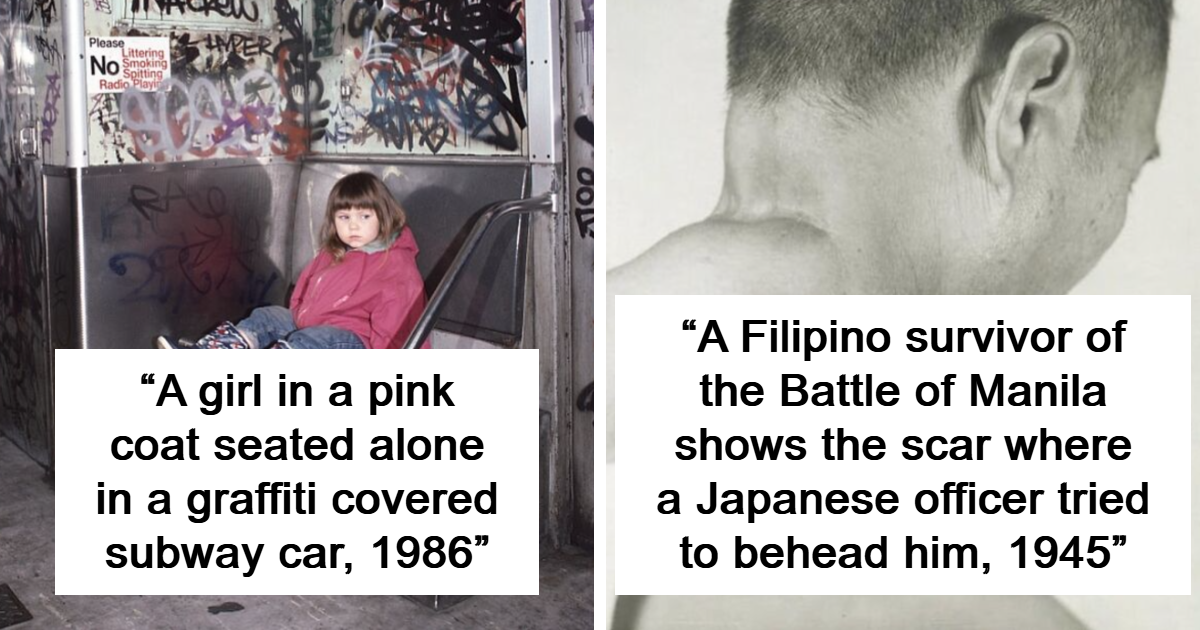
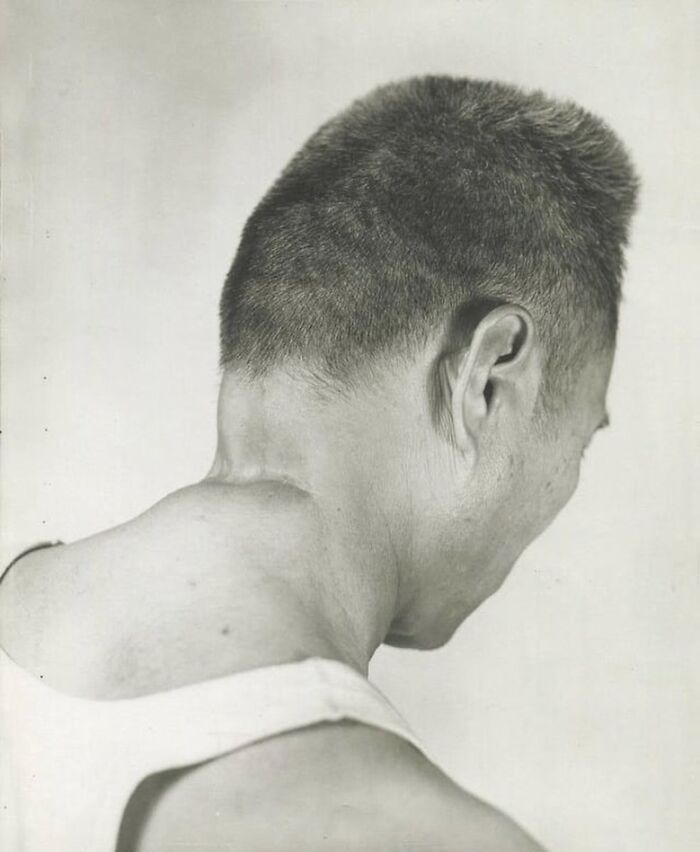

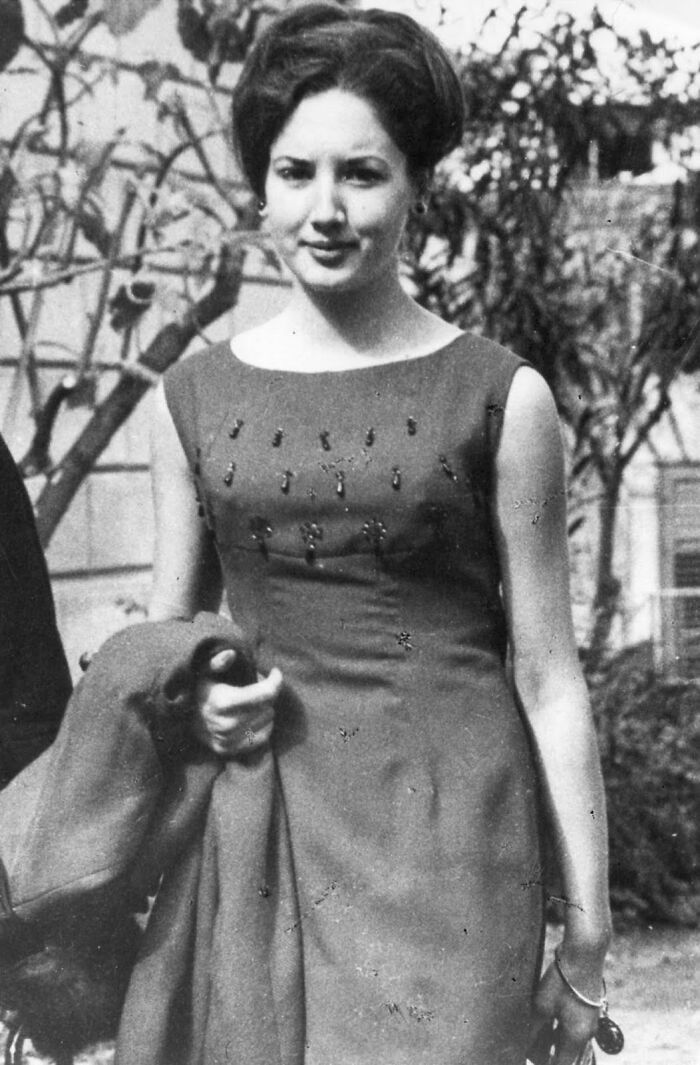

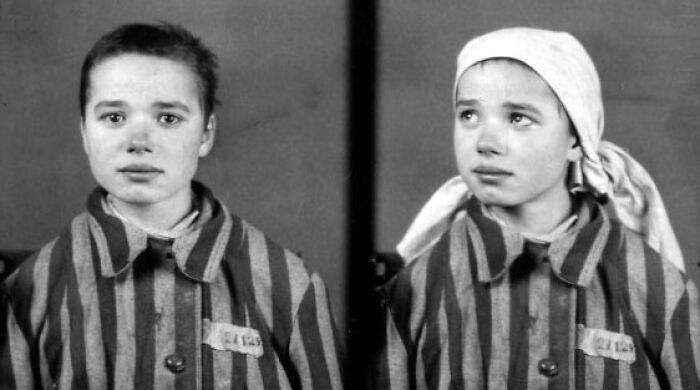
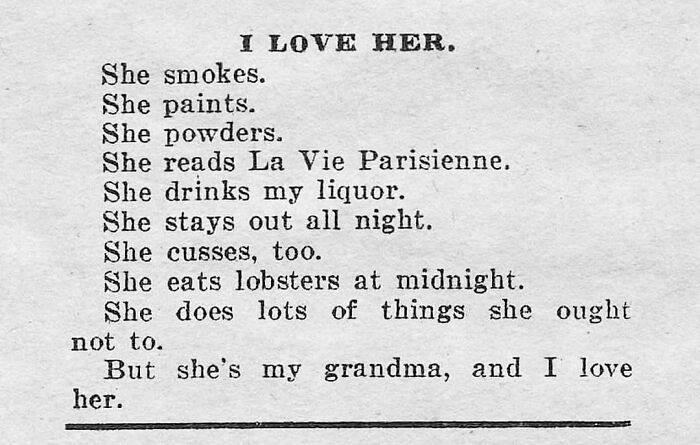
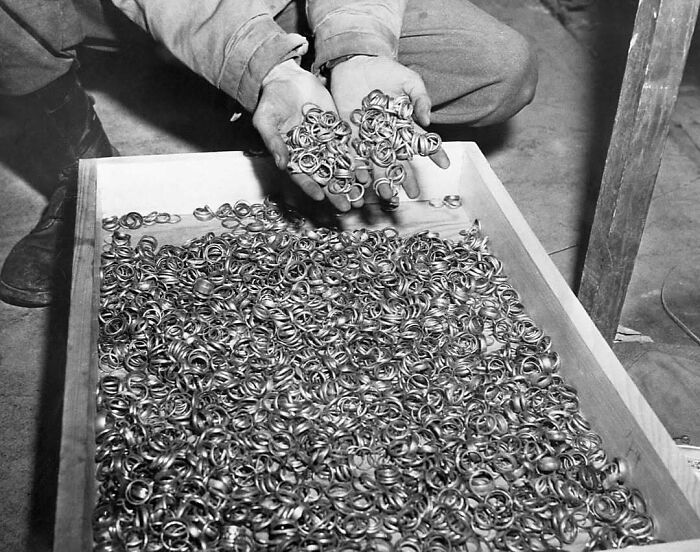
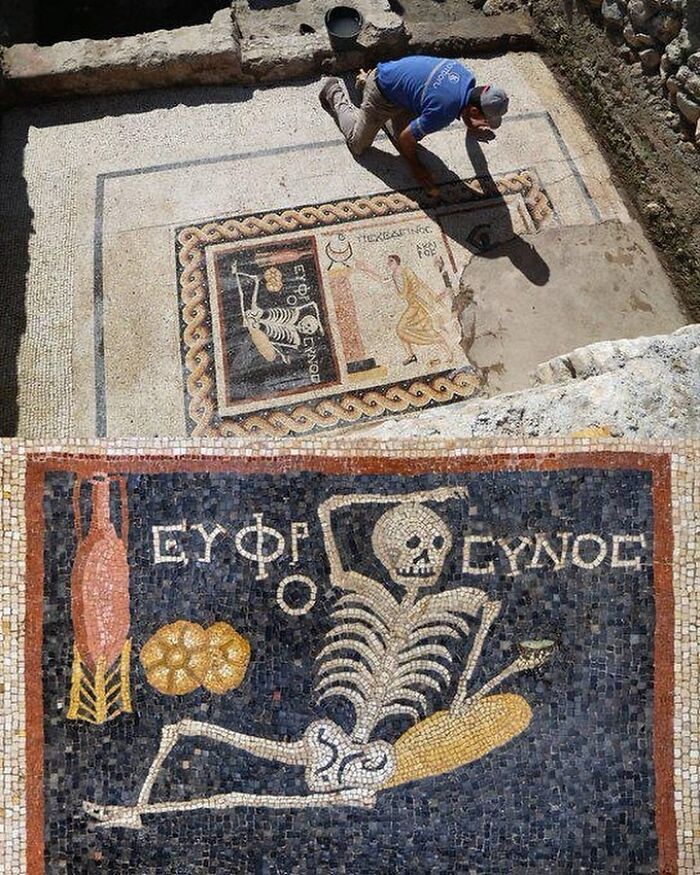
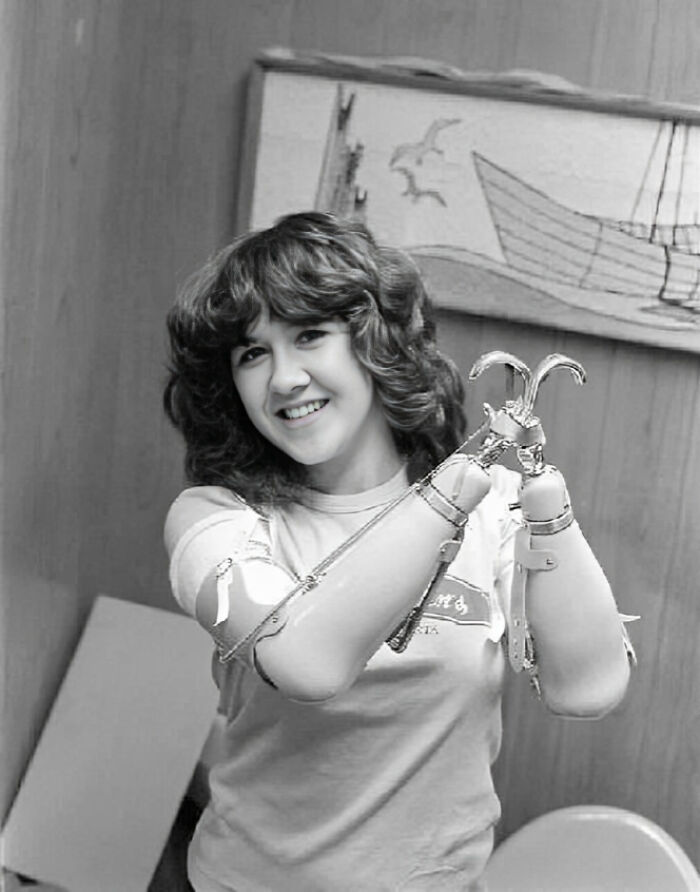
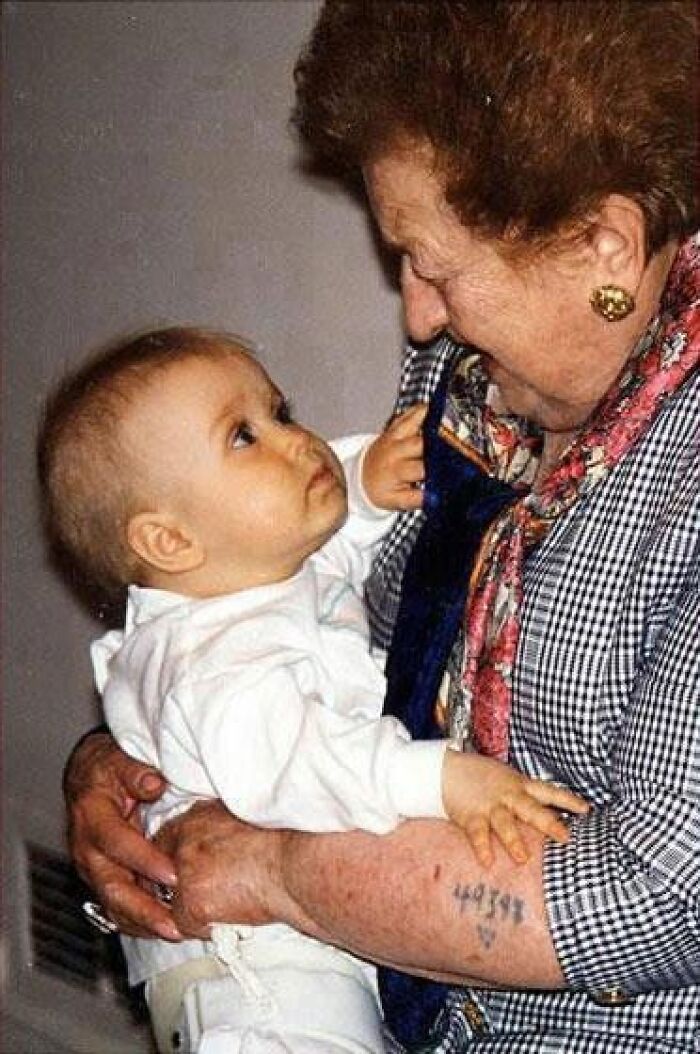

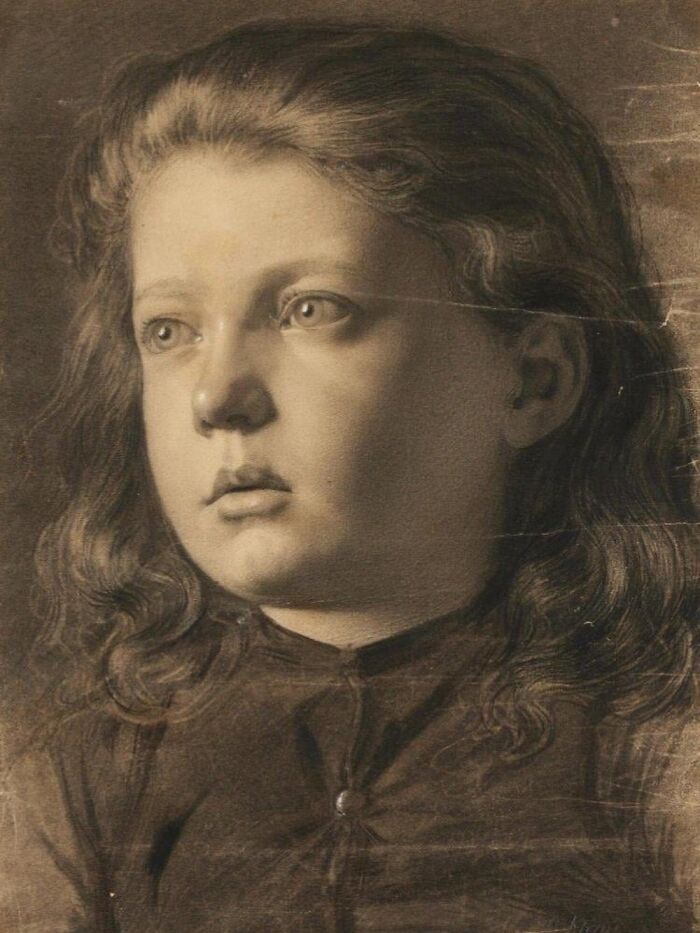
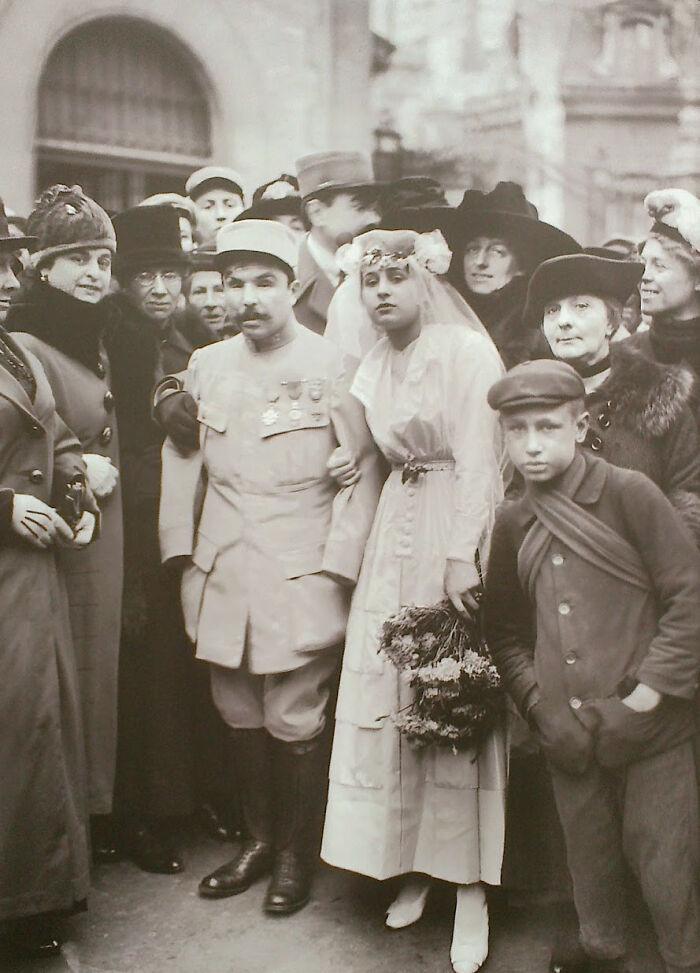
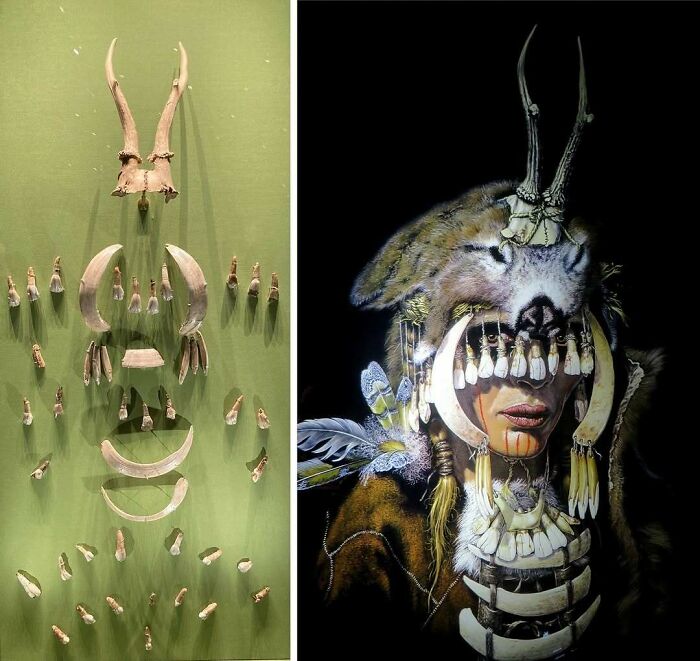
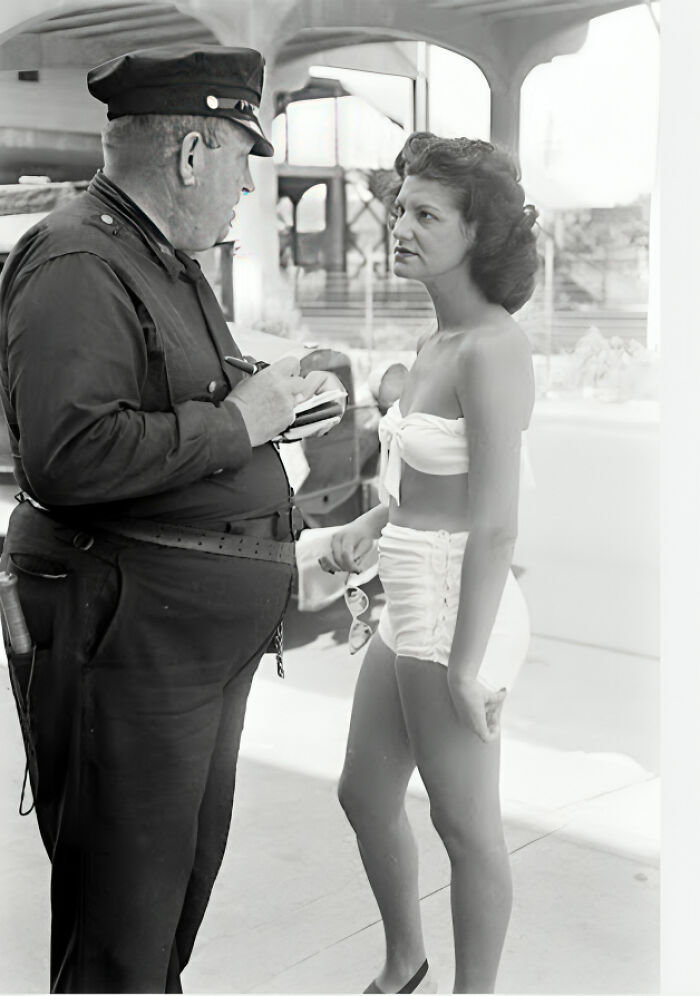

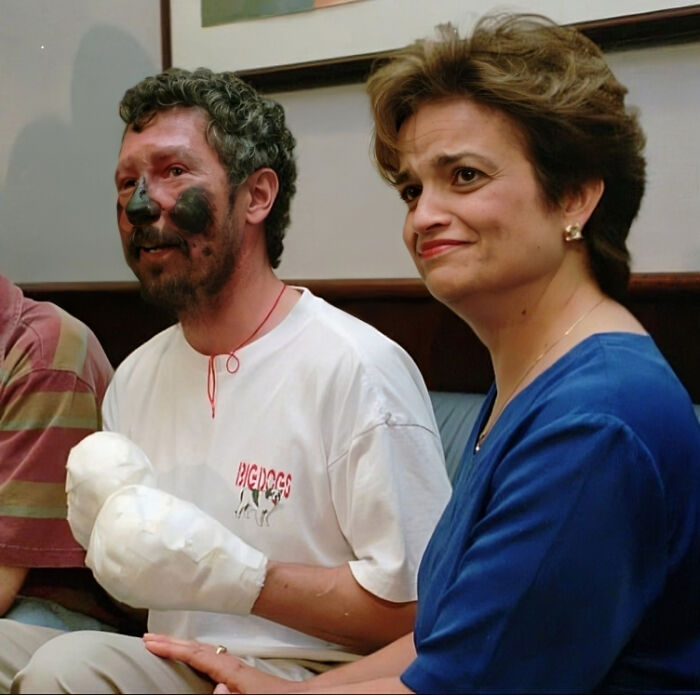
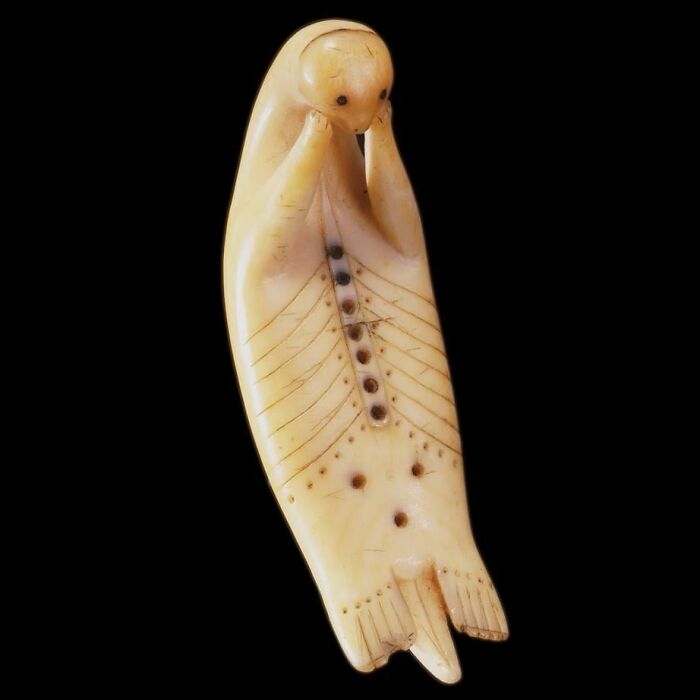
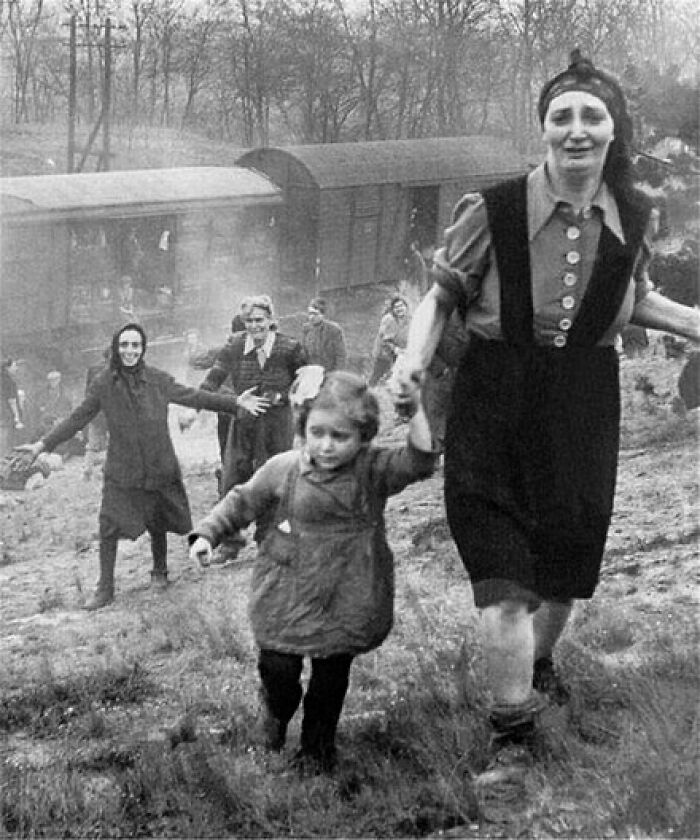
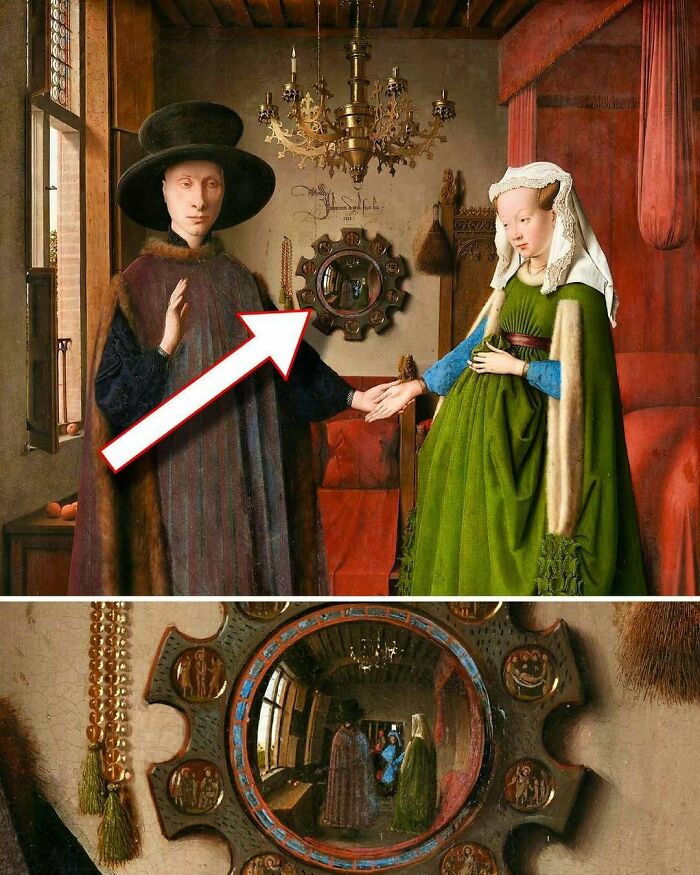



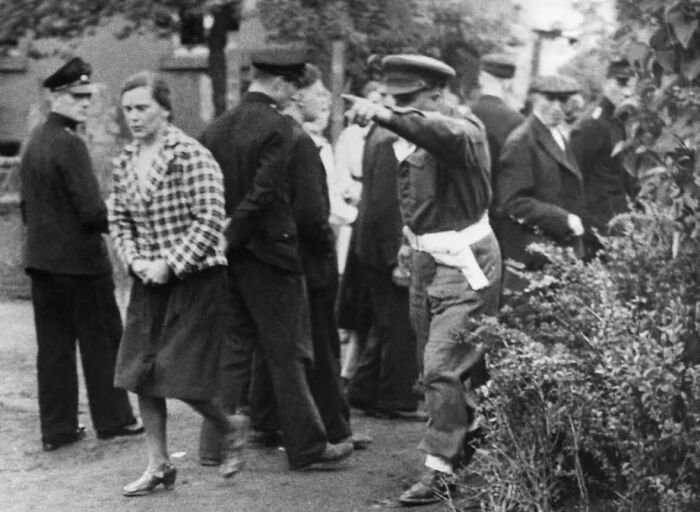
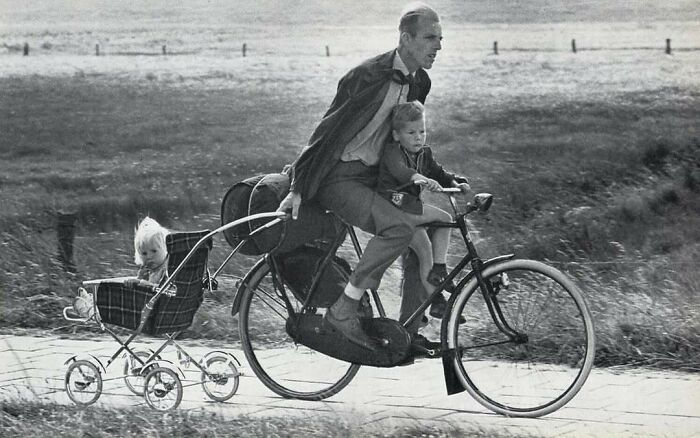
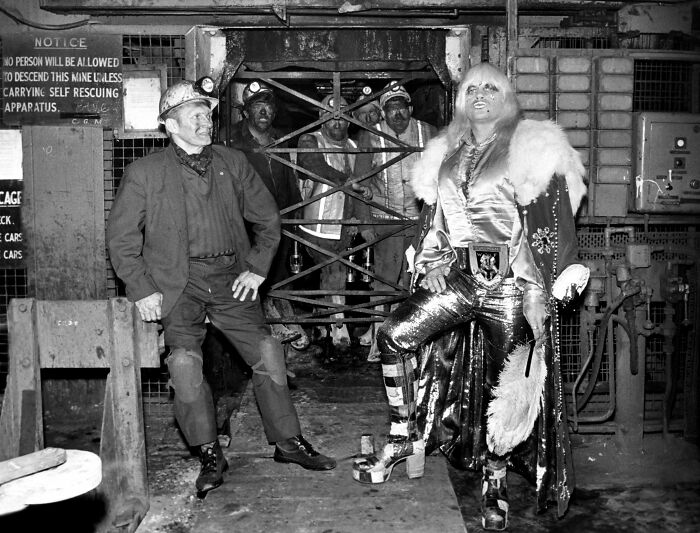
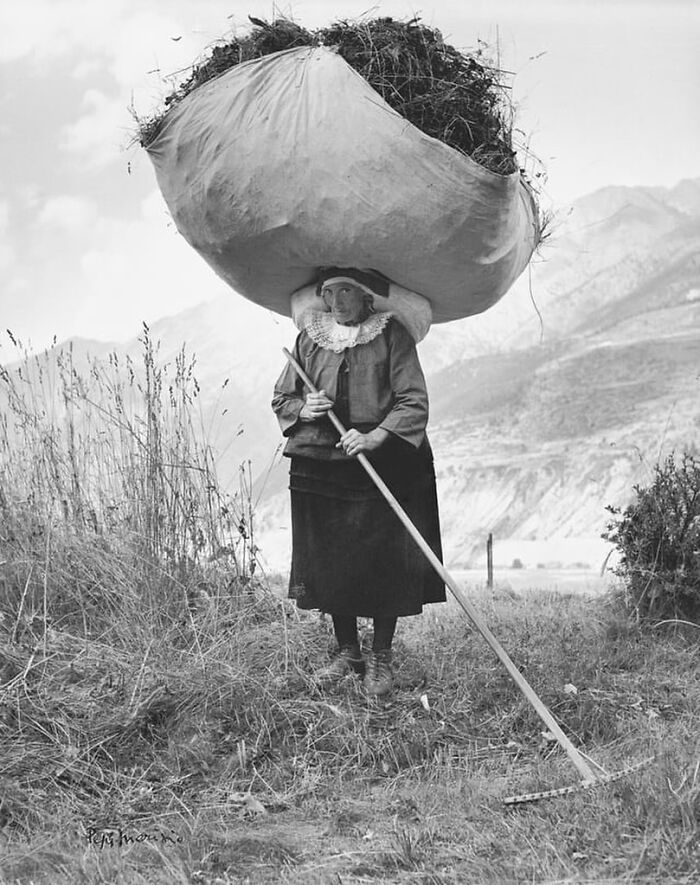



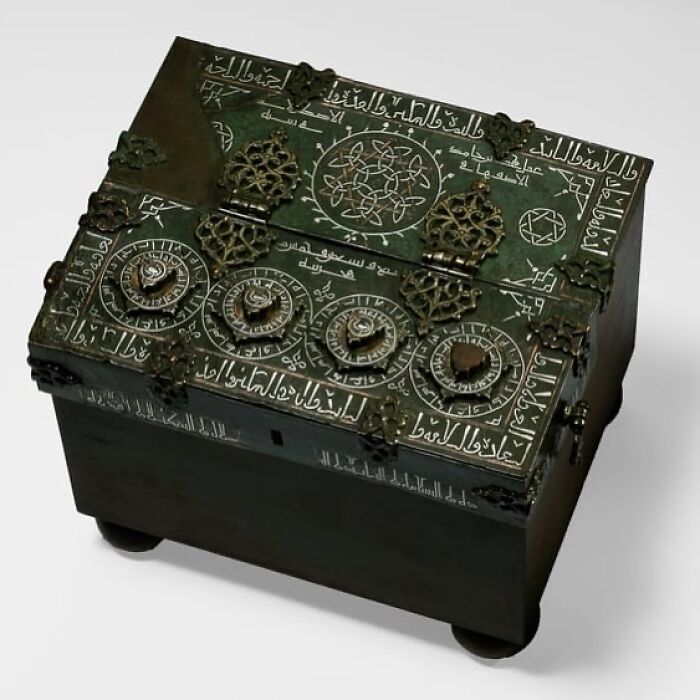
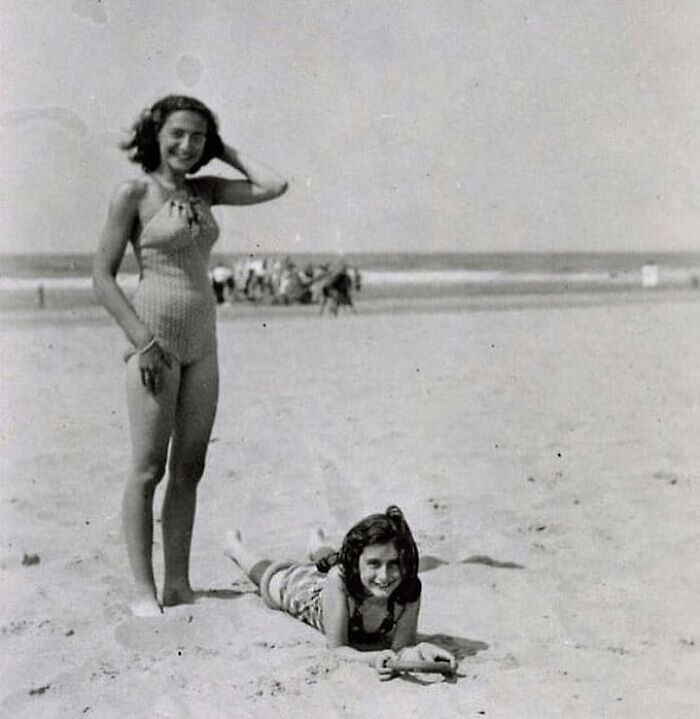

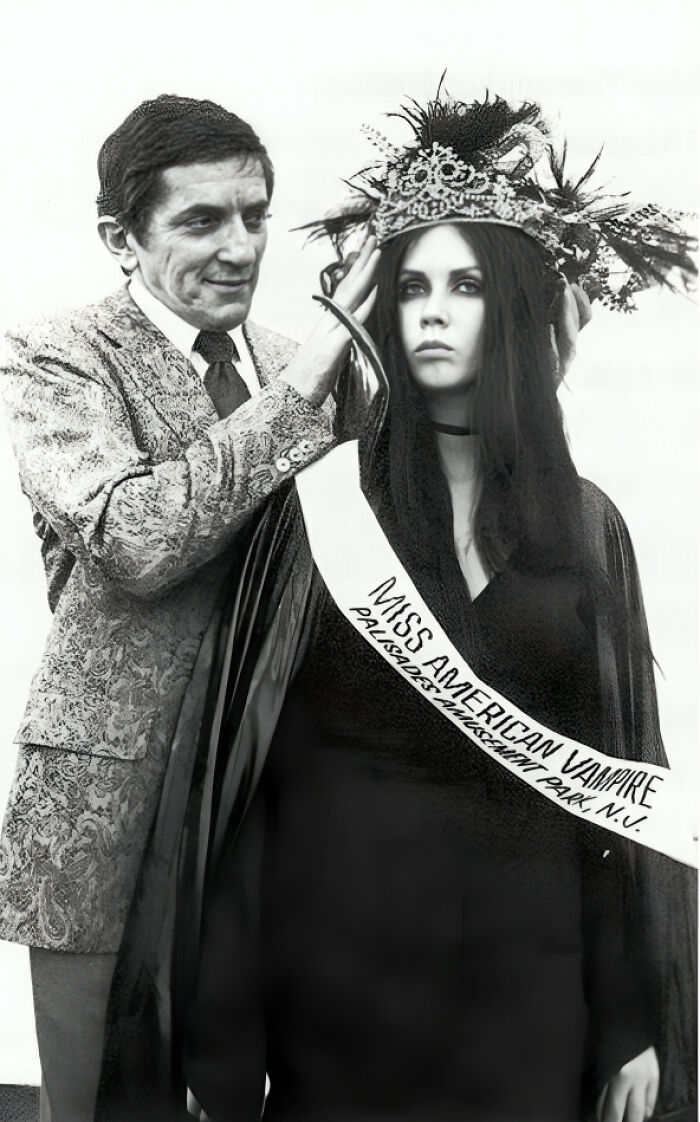
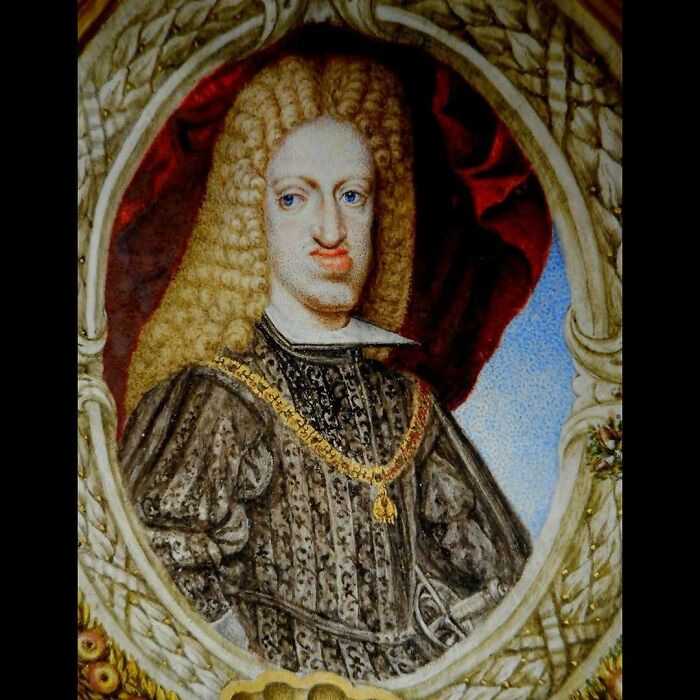


















Got wisdom to pour?